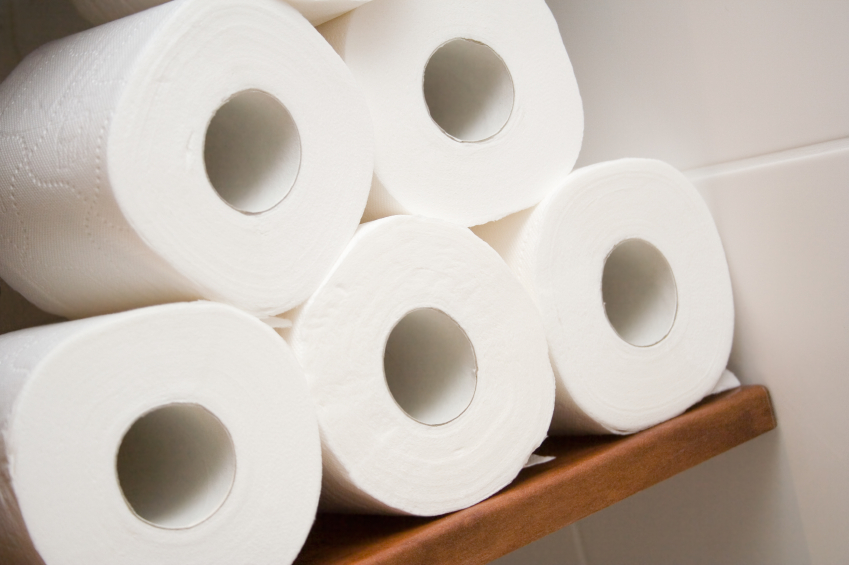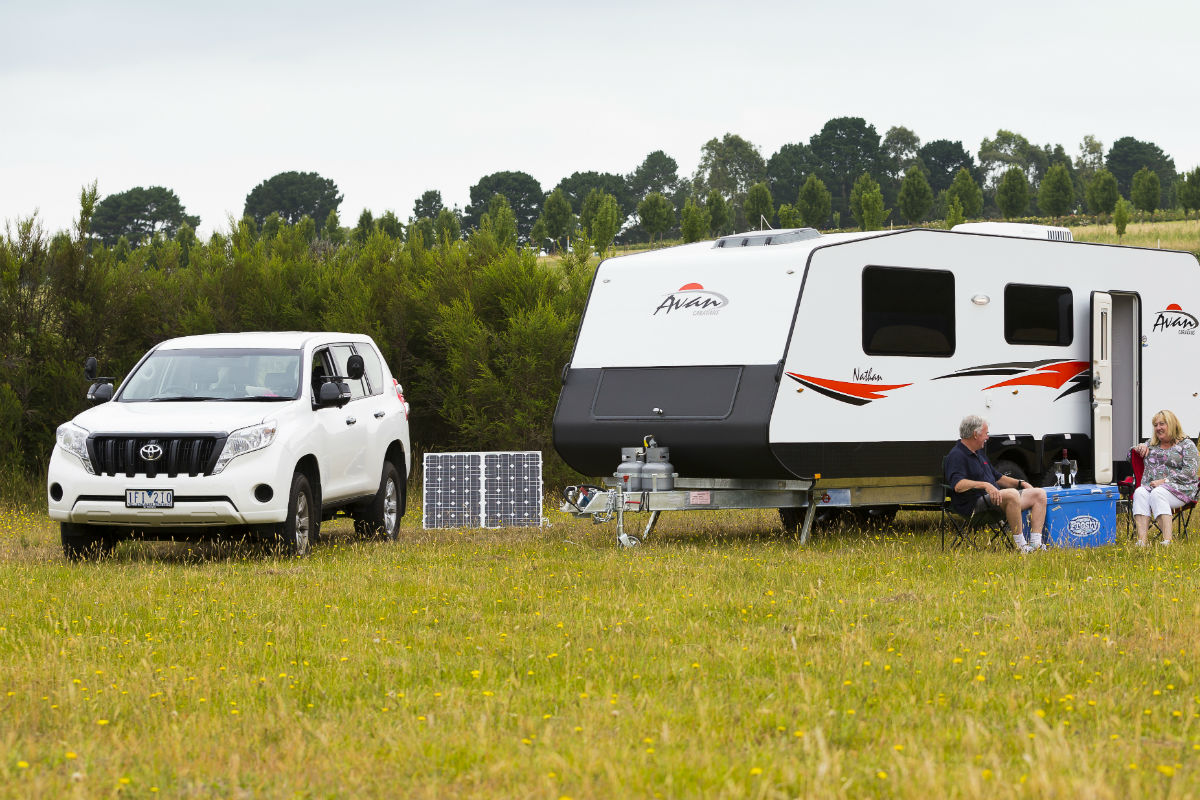If you’ve read our guide on the different types of caravan toilets, you’ll know the cassette-type toilet offers advantages in the storing and disposal of human waste. To ensure those benefits for years to come, it’s important to keep the system well maintained.
Waste disposal
Depending on your cassette’s capacity, it may give you two or more days of use between empties.
- Dump point: There are hundreds of dump points across the country. While most are free to use, some may only be available to guests who are staying on site. Additionally, not all dump points are available to larger vehicles. The Motorhome Dump Points website details all the dump points in Australia, which facilities they offer and whether or not they charge a fee.
- No dumping point: If you can’t find a place to dump, you may be allowed to bury your waste. Dig a hole no less than 15-20 cm in depth and a minimum of 100 m from all water sources, paths and campsites. Be sure to fill in the hole and make sure you check local laws before doing so.
Cassette removal/emptying
The beauty of the cassette system is in its simplicity when emptying. The cassettes for built-in toilets are accessed from outside the vehicle. Simply pull out the handle and remove the cassette from the cavity. The slide cover will automatically retract over the entry hole.
Certain brands and models will be equipped with wheels that make moving the cassette easier. At the dumping point, rotate the exit spout away from the cassette body and remove the cap. Note the coloured button (generally yellow, red or green) and press it to allow air to enter the cassette as you pour out the waste. Doing this prevents splashback of waste due to the ‘glugging’ effect.
After emptying the cassette, rinse it with water, but avoid vigorously shaking the cassette to protect the delicate level-indicator float inside.
Chemicals
After rinsing out the cassette, add chemicals according to your manufacturer’s instructions. Always use the correct chemicals to ensure your device is covered by warranty because, in addition to treating waste, they may also include a conditioner for components within the toilet/cassette.
Basic maintenance
The rubber seals on cassette toilets should be maintained periodically to ensure a watertight fit. Failure to do so could lead to leaks in the cassette cavity. The key areas to look for these seals are:
The lip seal, which surrounds the main entry hole into the cassette. This is usually hidden beneath a sliding panel.
- The lip seal and sliding mechanism may be removable on a circular panel, in which case there is an O-ring around its circumference.
- Where the cassette spout, or the nozzle used to empty the cassette, meets the cassette body.
As with any seals, they can perish over time. Check the manufacturer’s instructions for the correct lubricant/conditioner to use. Generally, petroleum-based lubricants should not be used.
Looking after your toilet isn’t glamorous, but you’ll appreciate the effort when you’re next putting out.
Your toilet is only one area that requires attention, find out what else you need to look at in our guide, how to service and maintain your caravan.





